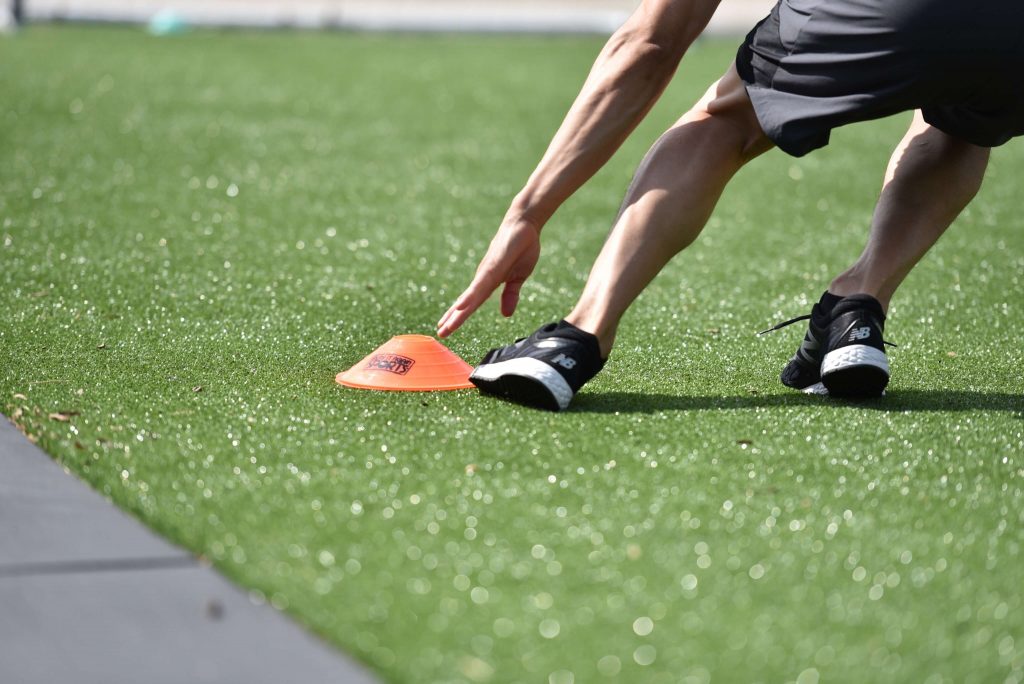There are many causes of knee pain. Whether it is the result of a direct injury or incorrect usage, you may experience chronic pain if not treated correctly. Often, knee pain is caused by issues with the popliteus muscle, which is located right behind the knee and responsible for locking and unlocking this joint. As an athlete, it is vital to understand your body and what issues cause chronic pain, so let’s jump in to identifying and treating knee pain.
Popliteus Muscle Tightness
The popliteus muscle can feel tight for people who stand with their knees locked most of the time. Previous surgical or nonsurgical injuries can also cause tightness in this muscle. This can adversely affect athletic performance, which may necessitate sports rehabilitation. Luckily, it is possible to check if your knee pain is due to an issue with your popliteus on your own.
Identification & Treatment
For this self-examination, lay your leg on a flat surface like the floor. Look at the knee straight on and place one index finger directly in the middle of the kneecap, aligning it vertically with the leg. Next, place your other index finger further down, halfway on the kneecap and halfway on the shin. There should be a bump, or a tuberosity, directly below the kneecap. This bump should line up with the center of your kneecap. If it is out of line, the popliteus is likely causing your chronic knee pain.
To treat a tight popliteus, you can have a professional release the muscle. However, oftentimes the popliteus is tight due to weakened hamstrings. We can treat this issue at home with a simple physical therapy exercise.
Rather than a strengthening treatment, we will use an exercise focusing on joint control. Ultimately, we want to ensure that you actively focus on how the knee straightens when the leg makes contact with the ground. The knee must be in the correct position when straightened to avoid chronic pain.
This control exercise is called an eccentric hamstring curl. For this activity, you will need an exercise ball. First, lay flat on your back on the ground and lift your legs so your knees bend at a 90-degree angle. Then place your ankles on the ball and lift your bottom an inch or two off the ground without digging your heels into the ball. In this position, slowly straighten your legs, rolling the ball away from your body. Focus on controlling your knee movement during this. You should be able to transfer this control to other movements involving straightening the knees, such as walking or other physical activities. This correct joint usage will help you reduce knee pain and relax the popliteus.
Next Steps
We highly recommend seeking further professional treatment if this exercise does not work in order to avoid chronic pain and potential sports rehabilitation. For more questions and exercises to help with knee pain, visit our website here.


Great Post! Identifying and treating knee pain involves a comprehensive approach that includes accurate diagnosis, personalized treatment plans, pain management, physical therapy, and, if necessary, surgical interventions. A patient-centered approach, combined with education and preventive measures, ensures the best possible outcomes for individuals dealing with knee pain.
Thank you for your comment! We are looking to continue providing these type of services with the collaboration of other health care professionals